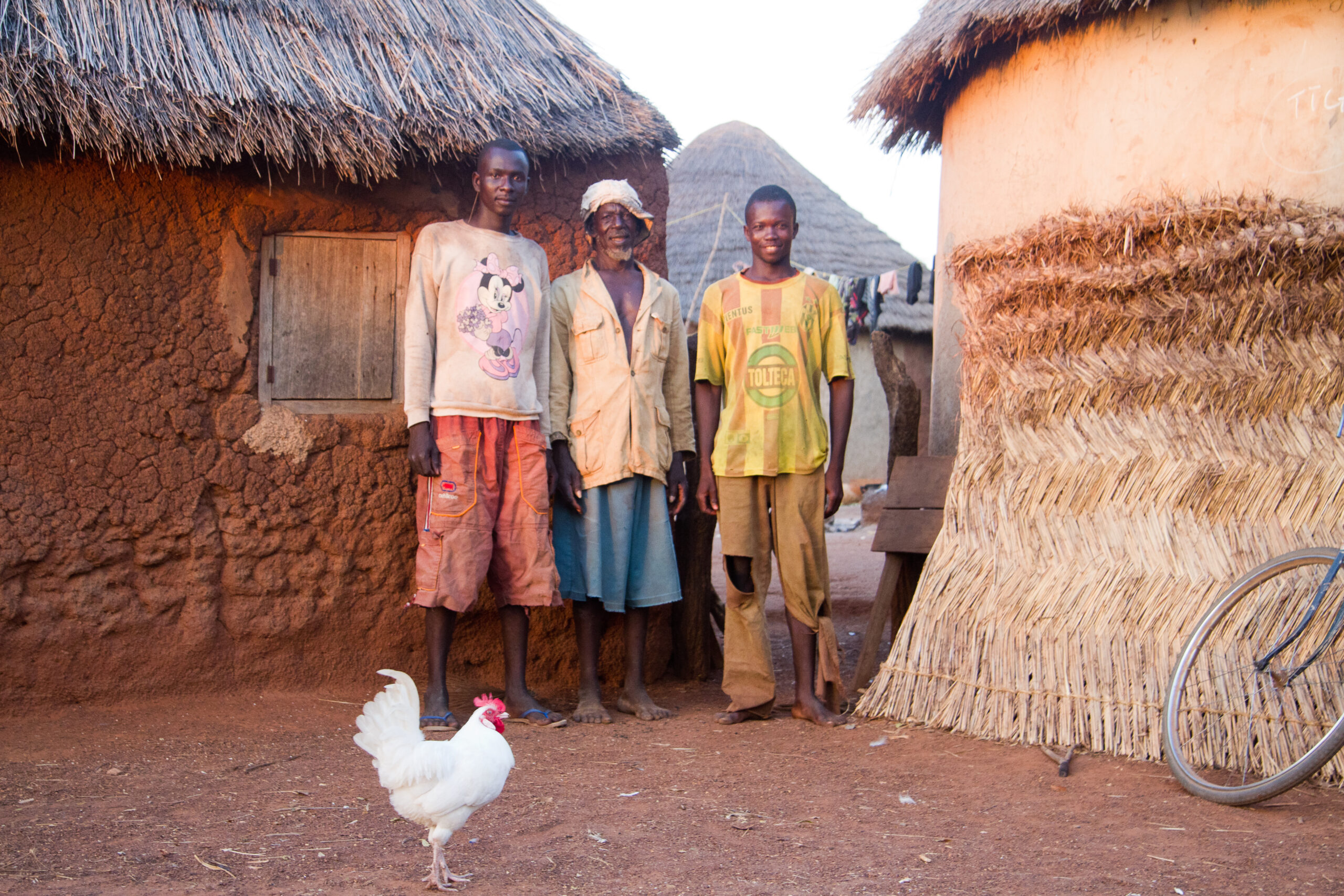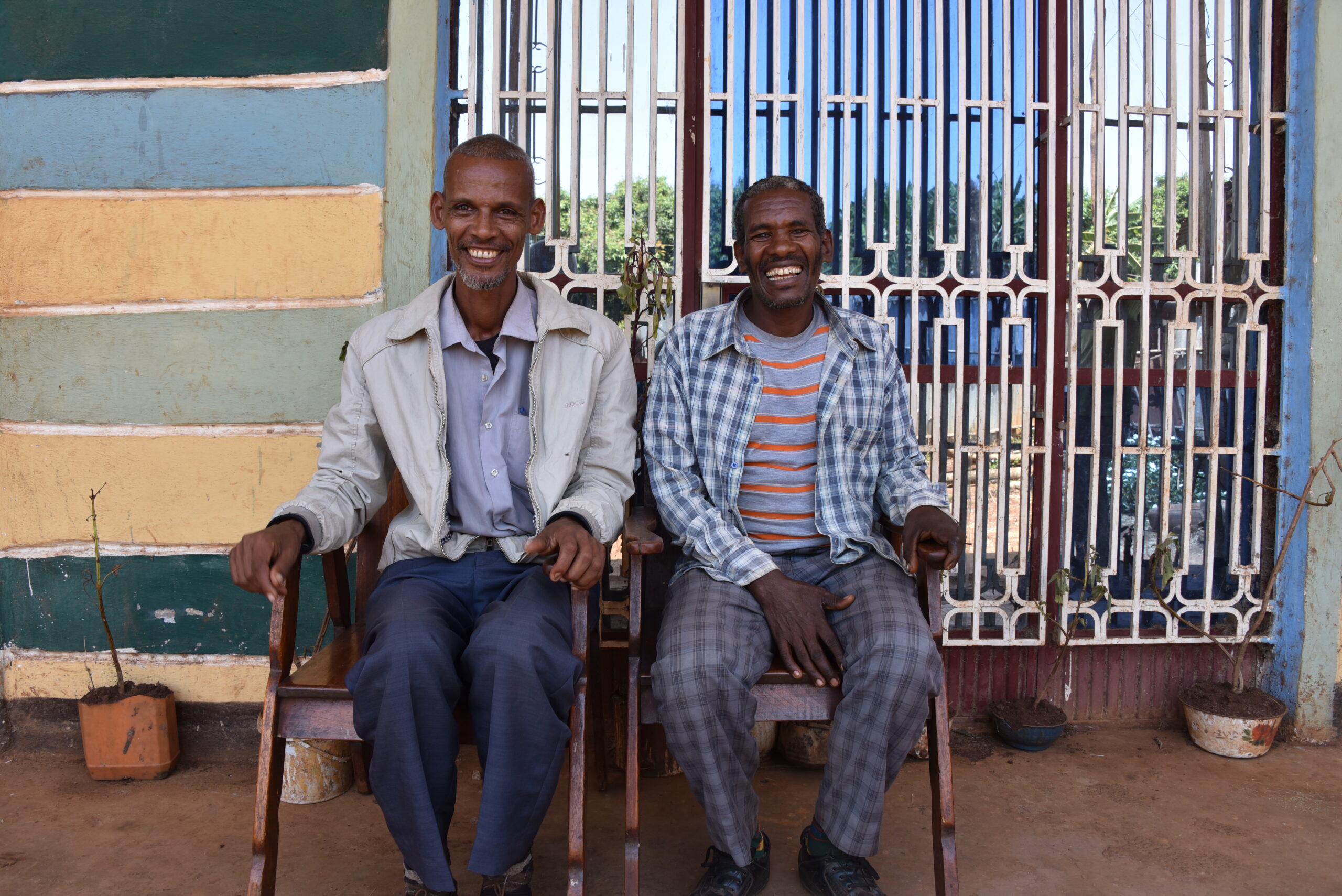What is Poverty: Understanding the Global Challenge
Table of Contents
- Introduction
- Defining Poverty: A Multifaceted Issue
- Absolute vs. Relative Poverty
- How Poverty Is Measured
- What are two ways of measuring poverty?
- Causes of Poverty
- Food Insecurity
- Climate change and poverty
- Social and political factors
- The Impact of Poverty on People and Society
- Health and Well-Being
- Education and Employment Opportunities
- Strategies to Combat Poverty
- Frequently asked questions
Poverty impacts billions globally, with over half living on less than $6.85 a day. This blog post explores how poverty is measured, its root causes, and potential solutions.
“Ending poverty for all people everywhere by 2030” remains the first sustainable development goal. Poverty is a complex challenge with many causes, including unemployment, social exclusion, and climate events. According to the World Bank, half of the global population lives on less than U.S.$6.85 per day. That’s more than four billion people.
That means billions of people cannot meet their basic needs, such as food and shelter, education, or healthcare. To find solutions, we must understand poverty, its underlying causes, and its impact on society and individuals. In this blog, we’ll explore the different dimensions of poverty, how it is measured, its causes, and what can be done to combat it.
Defining Poverty: A Multifaceted Issue
If you look up the definition of poverty, you will get some version of the following:
Fundamentally, those living in poverty often lack access to adequate housing and food because of low incomes. It frequently extends to education and healthcare.
Poverty is often understood as the state of being extremely poor, but the reality of poverty is far more complex. It goes beyond just a lack of money and includes various dimensions, such as inadequate access to essential services, social exclusion, and an inability to live a life with dignity.
As a result of poverty and marginalization, more than 27 million children around the world remain unschooled. According to the SDG Resource Centre, without education, people may not get the necessary skills or knowledge to find employment or create economic opportunities for themselves.
All of these factors may perpetuate the cycle of poverty across generations.
Absolute vs. Relative Poverty
A 2022 paper by the World Bank Group described absolute poverty as a “lack of basic needs satisfaction,” while relative poverty is measured against the cost of living in a location. Thus, the relative poverty threshold is higher in higher-income countries.
Absolute Poverty means individuals lack the minimum finances necessary to maintain basic living standards, such as food, clean water, shelter, and clothing. The World Bank’s international poverty line, set at $2.15 a day, is often used to measure absolute poverty globally.
Relative Poverty, on the other hand, is defined in relation to the economic status of all people in society. For example, a person might be considered poor if their income falls significantly below the national average, even if they have enough resources to survive. Relative poverty highlights social inequalities and differences in terms of access to opportunities.
How Poverty Is Measured
To effectively tackle poverty, it’s essential to measure it accurately. There are various methods to gauge the extent of poverty, but the most commonly used metrics include household income, consumption levels, and access to basic services.
What are two ways of measuring poverty?
Poverty is measured using national household surveys from different countries. One of the most commonly used metrics from The World Bank defines anyone living on less than US$2.15 a day as living in extreme poverty. The United Nations uses this definition to measure progress against Sustainable Development Goal One (SDG 1).
However, because 70% of people around the world live in middle-income countries, where that number might be too low to capture relative poverty, the World Bank introduced two new thresholds to use as countries grow and improve living standards: US$3.65 for lower-middle-income countries and US$6.85 for upper-middle-income countries.
These numbers don’t fully account for poverty’s complicated nature, which has led to the development of other measures like the Multidimensional Poverty Index (MPI), created by the United Nations Development Programme and the Oxford Poverty & Human Development Initiative.
The MPI looks beyond income and assesses factors like education, health, and living standards to provide a more holistic view of poverty. For example, some groups may not be poor based on income measurements alone but may be deprived of other factors, such as access to electricity. The MPI has 10 weighted indicators grouped into three categories: health, education, and standard of living. A person is considered poor if they are deprived of a third or more of the indicators.
These metrics are crucial because they help policymakers and organizations identify which populations are most in need and which interventions will likely be most effective.
Causes of Poverty
Poverty results from numerous complex and interrelated factors that affect people differently depending on their geographical, social, and political environments.
People living in poverty face an increasingly stark set of challenges: hunger, climate change, vulnerable food systems, gender inequality, and youth unemployment. Understanding the causes of poverty is essential for developing targeted solutions to combat poverty effectively.
Many of those living in poverty around the world, especially small business owners and those who work in agriculture like smallholder farmers lack access to the information, financing, and markets that will lead to success. In developing countries, the agricultural activity gap per worker is on average four times higher, and in some low-income countries even larger by a factor as high as 10 times. It is estimated that micro, small, and medium-sized businesses in low-income countries face an annual financing gap totaling $5.2 trillion.
Food Insecurity
Hunger, caused by a lack of money or access to nutritious food, is often a cause of poverty. Hunger perpetuates poverty because it can decrease productivity, lower educational attainment, and increase healthcare costs. By continuing to contribute to poverty and inequality, hunger creates a cycle of deprivation.
The livelihoods of nearly 60% of the world’s low-income people are tied to global food systems. Food systems involve interdependent stakeholders, including farmers, food aggregators, processors, retailers, and consumers. When members of this interdependent chain struggle, which often happens in low-income communities, it may result in food insecurity, which can put new obstacles in the way of people working to find ways out of poverty.
Climate change and poverty
Climate events threaten livelihoods and food security around the world. Nearly two-thirds of those living in poverty globally rely on agriculture for their incomes, and extreme climate events cause even greater instability for farmers.
Social and political factors
Gender inequality is a significant root cause of poverty. Women often have limited access to productive resources like land, finance, and information that can help them improve their incomes. They are also disproportionately impacted by violence and discrimination. In most cases, women must also balance the bulk of household and childcare responsibilities with efforts to improve their skills and earn independent incomes.
Political conflict and unrest contribute to poverty in several ways. They damage infrastructure and assets and break up communities and families, causing displacement and increasing unemployment. They also create more vulnerability through violence. The lowest-income countries tend to struggle the most to overcome and recover from poverty-related conflict.
The Impact of Poverty on People and Society
The effects of poverty are far-reaching and can have lasting consequences on both individuals and society.
Health and Well-Being
Poverty is closely linked to poor health. Those living in poverty often cannot afford access to adequate healthcare, nutritious food, and clean water, which leads to higher rates of disease and lower life expectancy. Malnutrition and preventable diseases are particularly prevalent in low-income countries, where healthcare systems may be underfunded or inaccessible to people with lower incomes. Parents and other family members may be required to stop working or going to school to care for a sick relative, further reducing income and education.
Poverty also causes poor health. Because many low-income people don’t have access to healthy food, hygiene, and safe shelter, they lose many of the protections against disease afforded to higher-income people.
Education and Employment Opportunities
Children from low-income households often have limited access to quality education because their families lack the resources to pay for school. In some instances, children are also forced to work or help at home to support the family, which limits their ability to attend school. Lack of education limits future employment opportunities and makes it more difficult for people to escape poverty.
Strategies to Combat Poverty
The UN’s Sustainable Development Goals are “the blueprint to achieve a better and more sustainable future for all.” They list 17 goals to address the global challenges we must solve to build brighter futures for all. Governments, non-governmental organizations (NGOs), the private sector, and international institutions must work together to develop and implement solutions to end poverty. While some organizations promote giveaways and subsidies, those are not long-term solutions.
TechnoServe’s approach aligns well with the SDGs. We prioritize:
- Regenerative solutions committed to a people-, nature, and climate-positive world.
- Food systems transformation, building on our experience working with a variety of businesses in the food system, from smallholder farmers to aggregators, food processors, and small shops.
- Job creation, with a focus on young people and women.
At TechnoServe, we partner with smallholder farmers and small business owners and operators through economic development programs in which participants gain the skills, connections, and confidence to improve their incomes, create self-sustaining businesses, and build brighter futures for themselves, their families, and their communities.
We collaborate with corporate partners, government agencies, and other nonprofits to provide business solutions to poverty: a combination of deep knowledge of the people we work with, world-class market analysis, rigorous measurement, and on-the-ground engagement with people. Our work enables small-scale farmers and entrepreneurs to build a better future for themselves, their families, and their communities.
FAQs
Frequently asked questions
What is poverty?
A state or condition in which a person or community lacks the financial resources and other essentials for a certain standard of living.
How is poverty measured?
Poverty is typically measured using household income levels, such as the World Bank’s $2.15 per day threshold, or more comprehensive tools like the Multidimensional Poverty Index.
What causes poverty?
Poverty is caused by a variety of factors, including economic inequality, lack of access to education, unemployment, and political instability.
What are the effects of poverty on society?
Poverty negatively affects health, education, and social mobility, and it can perpetuate a cycle of disadvantage across generations.
What is absolute poverty?
Absolute poverty refers to a condition where people do not have enough resources to meet the minimum necessary for basic living standards.
What can be done to reduce poverty?
Solutions to poverty include government policies, economic growth, education, healthcare access. In addition, calls to action like the United Nations’ Sustainable Development Goals can help address some of the causes and effects of poverty.


